Which of the following will show optical isomerism?
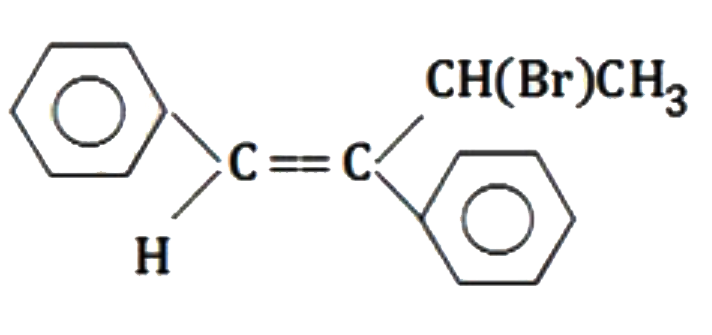
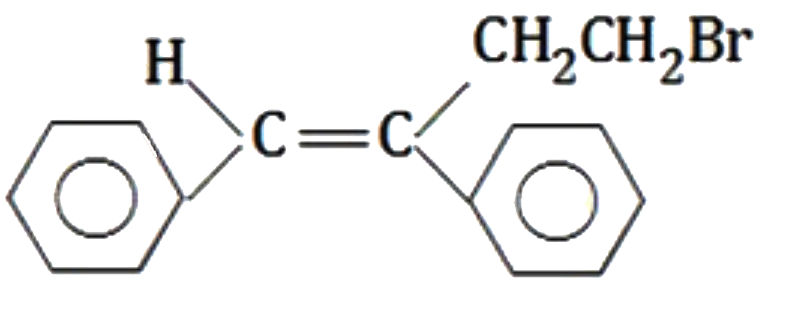
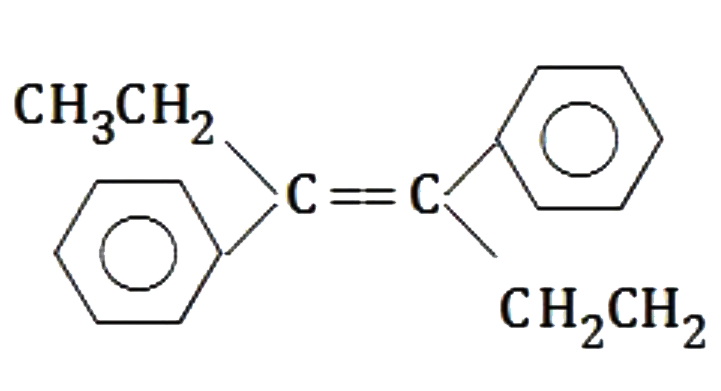
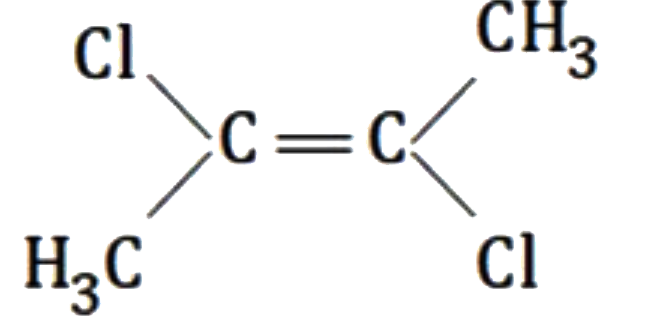
The correct Answer is:A
To determine which of the given compounds shows optical isomerism, we need to follow these steps:
Step 1: Understand Optical Isomerism
Optical isomerism occurs when a compound can exist in two non-superimposable mirror image forms, known as enantiomers. For a compound to exhibit optical isomerism, it must have a chiral center (usually a carbon atom bonded to four different groups) and must lack a plane of symmetry.
Step 2: Identify Chiral Centers
Examine each compound to identify if there are any chiral centers. A chiral center is typically a carbon atom that is bonded to four different substituents.
Step 3: Check for Symmetry
For a compound to be optically active, it must not have a plane of symmetry or a center of symmetry. A plane of symmetry divides a compound into two mirror-image halves, while a center of symmetry means that for any point in the molecule, there is an equivalent point directly opposite it.
Step 4: Analyze Each Compound
1. First Compound: Identify the groups attached to the carbon atom. If it has four different groups, it is chiral and will show optical isomerism.
2. Second Compound: Check if there is a plane of symmetry. If the groups are arranged such that you can divide the molecule into two equal halves, it will be optically inactive.
3. Third Compound: Similar to the second, check for symmetry.
4. Fourth Compound: Again, check for chiral centers and symmetry.
Step 5: Conclusion
After analyzing all compounds, we conclude that only the first compound shows optical isomerism because it has a chiral carbon and lacks a plane of symmetry.
Final Answer
The first compound is the only one that shows optical isomerism.
---
Optical isomerism occurs when a compound can exist in two non-superimposable mirror image forms, known as enantiomers. For a compound to exhibit optical isomerism, it must have a chiral center (usually a carbon atom bonded to four different groups) and must lack a plane of symmetry.
Examine each compound to identify if there are any chiral centers. A chiral center is typically a carbon atom that is bonded to four different substituents.
For a compound to be optically active, it must not have a plane of symmetry or a center of symmetry. A plane of symmetry divides a compound into two mirror-image halves, while a center of symmetry means that for any point in the molecule, there is an equivalent point directly opposite it.
1. First Compound: Identify the groups attached to the carbon atom. If it has four different groups, it is chiral and will show optical isomerism.
2. Second Compound: Check if there is a plane of symmetry. If the groups are arranged such that you can divide the molecule into two equal halves, it will be optically inactive.
3. Third Compound: Similar to the second, check for symmetry.
4. Fourth Compound: Again, check for chiral centers and symmetry.
After analyzing all compounds, we conclude that only the first compound shows optical isomerism because it has a chiral carbon and lacks a plane of symmetry.
The first compound is the only one that shows optical isomerism.
Topper's Solved these Questions
Similar Questions
Knowledge Check
Which of the following will not show optical isomerism ?
ACl-CH=C=C=CH-ClBCl-CH=C=C=C=CH-ClC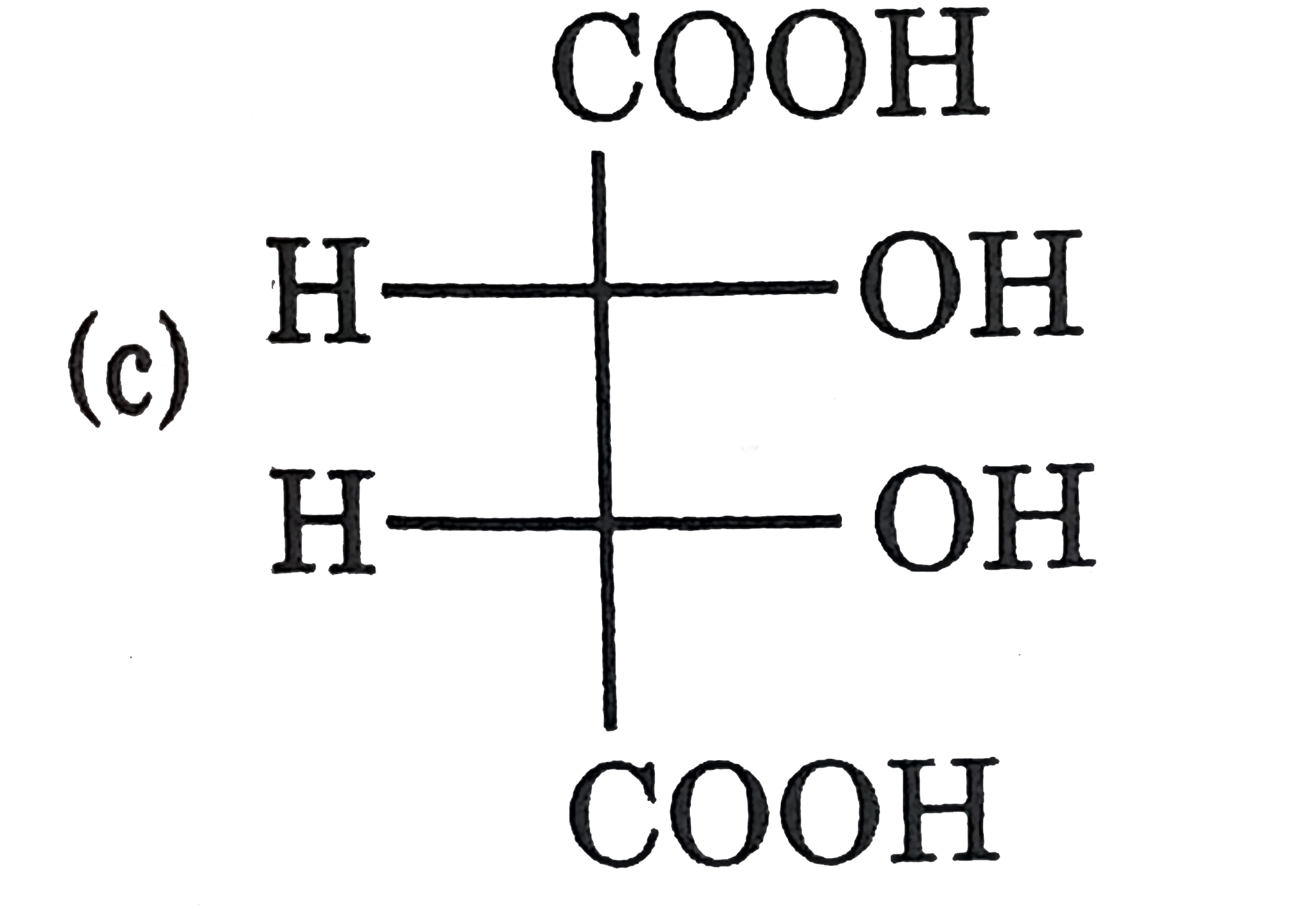 D
D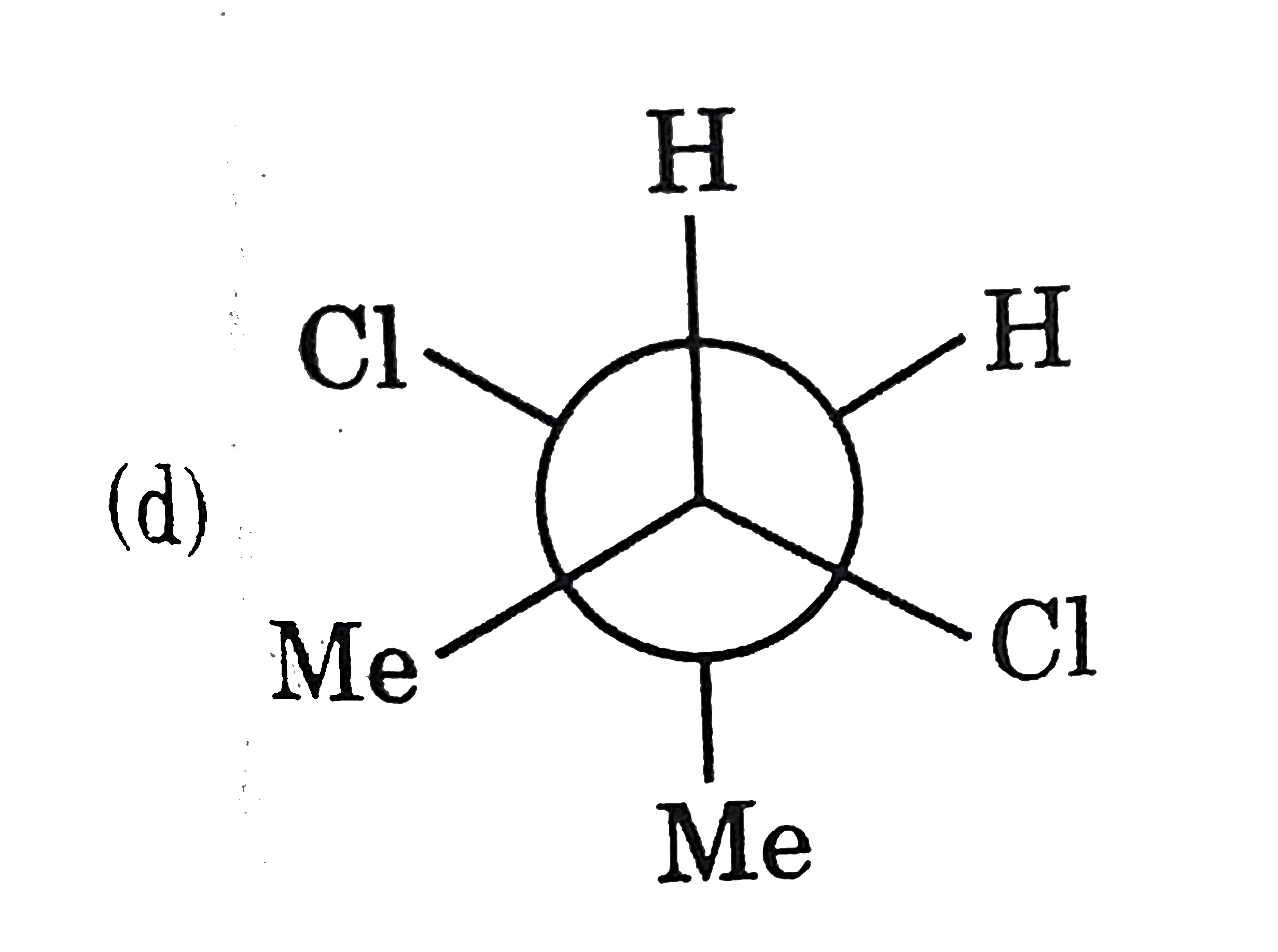
Which of the following will not show optical isomerism.
AC1−CH=C=C=CH−C1BC1−CH=C=C=C=CH−C1C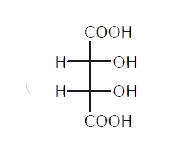 D
D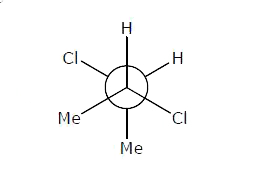
Which of the following will not show optical isomerism ?
ACl−CH=C=CH−ClBBr−CH=C=CH−BrC D
D
Which of the following will not sjow optical isomerism as well as geomertrical isomerism ?
View SolutionWhich of the following shows optical isomerism?
View SolutionWhich of the following show optical isomerism and the isomers can be separated into dextro and laevo forms?
View SolutionWhich of the following will exhibit optical isomerism ?
View SolutionWhich one of the following can show optical isomerism ?
View Solution